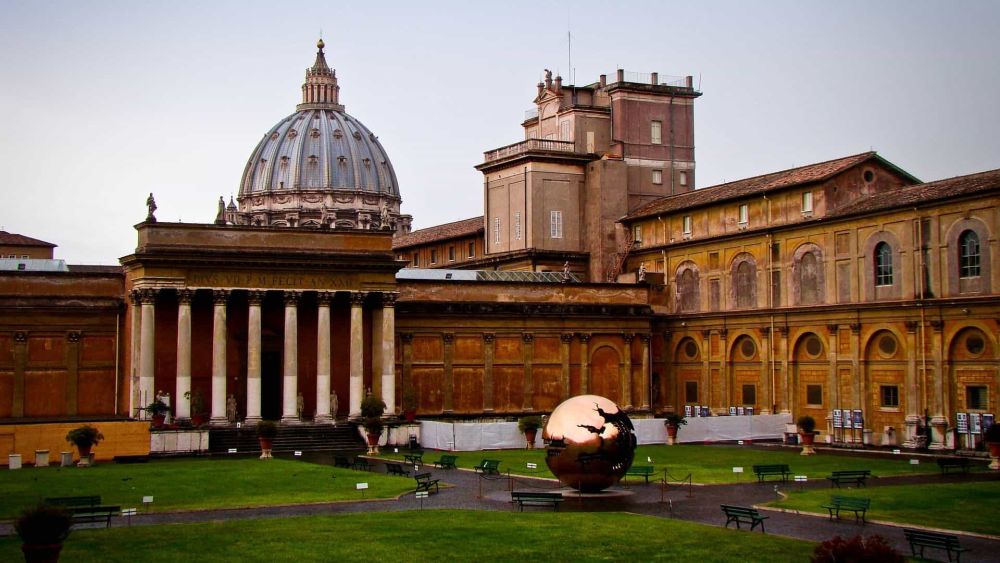

The Vatican Museums in Rome are one of the most significant cultural institutions in the world, both in terms of religious history and art heritage. The origins of the collections can be traced back to the Renaissance period, with one of the most notable events being when Pope Julius II donated a group of sculptures to the people of Rome in the early 16th century. Over the centuries, successive popes expanded these collections, turning them into a grand display of art and history.
Open to the public on certain days of the week since the late 18th century, the Vatican Museums have evolved greatly. They were initially made accessible by Pope Clement XIV and Pope Pius VI to promote culture and education among the European elite. However, it was not until the late 19th and 20th centuries that tourism to the Vatican Museums began to resemble what we see today, with increasing numbers of visitors from around the world.
Significant investments in infrastructure and services, as well as active promotion of the Museums' collections, have made the Vatican Museums a must-visit destination on the global tourist map. This destination's status was cemented by the inclusion of the Sistine Chapel—home to Michelangelo's world-renowned ceiling and ‘The Last Judgment’—within the museum complex.
In recent years, the Vatican Museums have experienced some transformative trends in tourism:
In the post-pandemic era, the Vatican Museums are seeing a careful reopening with health and safety protocols ensuring the well-being of visitors and staff alike, marking a new chapter in the Museums' longstanding history with tourism.